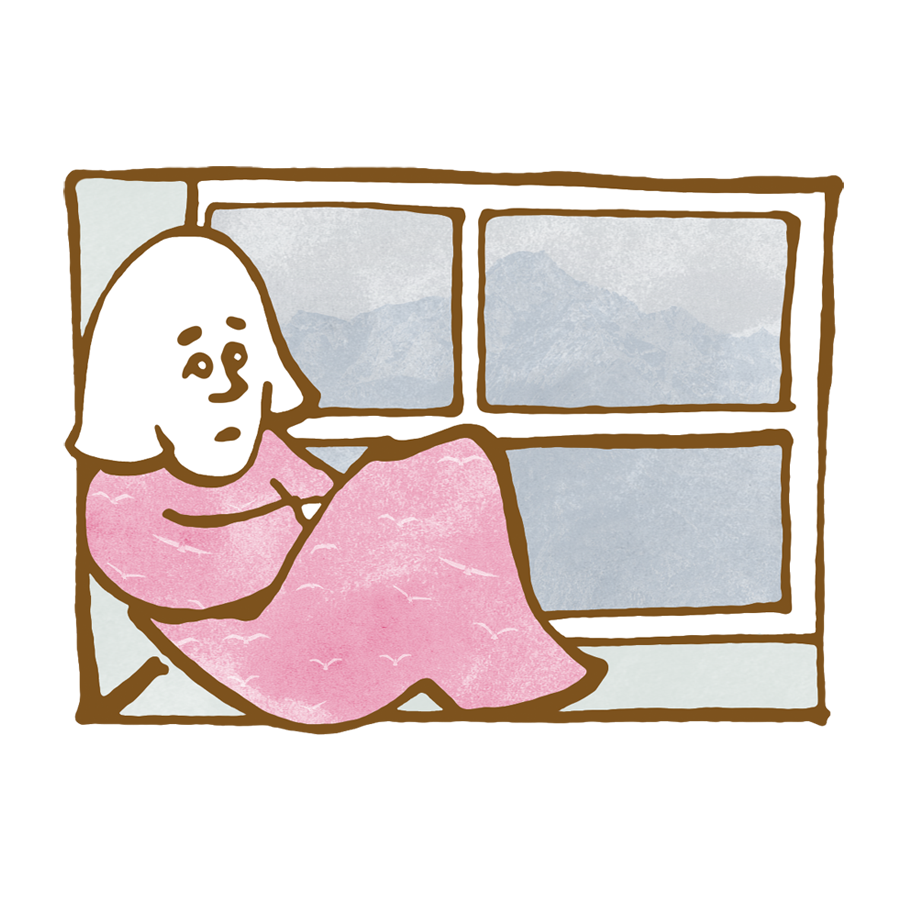How to use our Grief and Loss Stories

Grieving is a part of life.
For children it is a part of everyday life.
Children connect deeply with life and open their full hearts to every moment. When it is time to go, time to let go, time to say goodbye – they grieve. As parents and educators, it is our job to recognize this, to note it and acknowledge it.
Supporting children as they grieve all the small “daily deaths” helps them to be ready for the big ones. Pets die. Grandparents die. People need to move to new towns or other parts of the world. We have big and small moments of letting go in our life, and we must learn how to grieve them.
To support families experiencing loss or grief, we have several stories tagged “Grief and Loss”
These stories address different experiences of grief and loss, including the grief of saying goodbye, the loss of a relative, and of the loss of a beloved farm animal.
Through these stories, we learn that grief doesn’t feel good but it must be felt.We learn that part of grieving is feeling denial, anger and hope as well as sadness. We learn that in time, the feelings of grief get easier to feel – but they don’t fully go away.
NOTE: There is no imagery around an ‘afterlife’ or the spiritual nature of death and life. The stories center on the sense of wonder and reverence about life, nature, and common life thresholds.
The tone of the “Grieving and Loss” stories is heavier than other sparkle stories.We think it is important that you have stories like this in your ‘back pocket’ to help your children when they need it.
ABOUT THE THREE STORIES in “Grief and Loss” story collection.
Junkyard Tales, “Little Moone’s New Home”
When Little Moone’s mouse family chooses to leave the Junkyard and return to their family home in town, he can’t believe it. The Junkyard has always been his home!He doesn’t want to go. Soon the disbelief turns to anger. The little mouse experiences a whole range of emotions as he says goodbye to the Junkyard and starts a new adventure with his family.
NOTE: This story uses the “Five stages of Grief” by Elizabeth Kubler Ross as a model for Little Moone’s journey toward acceptance. The same stages, according to Dr. Kubler Ross, are present when people grieve anything that ends: a life, a relationship and indeed, a home.
Sparkle Sleepytime, “Trina the Cottontail Rabbit Kit”
Trina and her family live at the edge of a wide forest that borders an open meadow.The cottontail family tends to stay together and find food in the safety of the same spots. But one day Trina learns that her Uncle Puffs ventured to the edge of the pond and was caught alone by a passing hawk. After her father shares the sad news, the rabbit family grieves his loss together. They hug, they tell stories, they are sad. In time they laugh, and they get back to everyday business. Every now and then Trina is reminded of her uncle and she feels sad. “That is all part of grieving” explains her father, “And when the hard feelings come, it is best to feel them.”
NOTE: This story frames grieving and loss within the natural world where life and death or normal daily occurrences. The message of the story is that feelings must be felt and that in time, feeling them gets easier.
Martin & Sylvia, “Star, the Little Goat Kid”
When one of Mr. Brown’s goats gives birth to three goat kids, brother and sister get to name them. Bubbles and Jake are both lively and full of energy – but the littlest goat kid, Star, is slow moving and won’t eat. Mr. Brown tell them that they will do everything they can for Star, but that sometimes animals on the farm don’t live very long. “It is part of life on the farm” explains Mrs. Brown, “There is great life, but there is also death.”The following morning, they learn that little Star has died, and the entire family joins the Browns to grieve together.
NOTE: This story frames death and grieving within the context of the ‘cycle of life and death’ and uses imagery from the farm: spring and fall, abundant gardens and then the withering leaves.
About the authors
-

David Sewell McCann
Story SpinnerDavid Sewell McCann fell in love with spinning stories in first grade – the day a storyteller came to his class and captured his mind and imagination. He has been engaged in storytelling all of his adult life through painting, film-making, teaching and performing. Out of his experience as a Waldorf elementary class teacher and parent, he has developed a four step method of intuitive storytelling, which he now shares through workshops and through this website.


